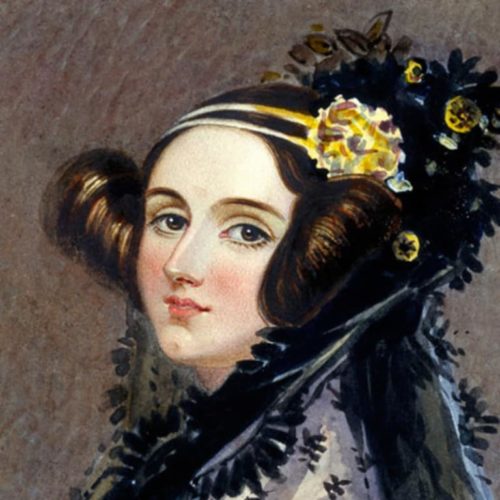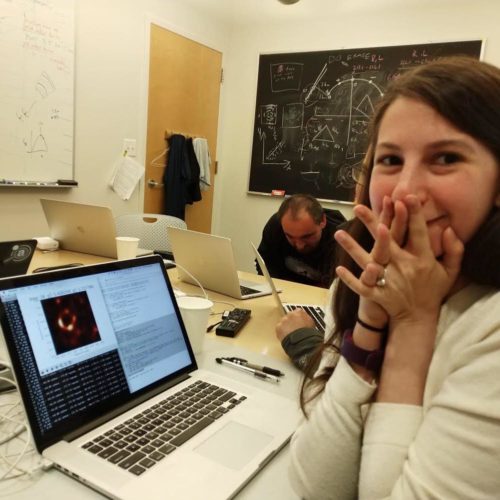
23rd June 2019 is a day for recognising women engineers around the world
The genesis of INWED
Did you know that National Women in Engineering Day was first launched in the UK on June 23rd, 2014? An effort initially driven by the Women’s Engineering Society (WES) as part of their 95th anniversary celebration, the day grew significantly over subsequent years and met several important milestones. In 2016, the day received UNESCO patronage and the following year, it grew on an international scale and was branded International Women In Engineering Day (INWED).
Taking place annually on June 23rd, INWED is essentially, an international awareness campaign to raise the profile of women in engineering and bring attention to the exciting career opportunities available to girls in this rapidly evolving industry. In 2019, which marks the 100th anniversary of Women’s Engineering Society (WES) for the UK, the selected theme for INWED is #TransformTheFuture.
Registration with WES is open, so feel free to organise your own event in support of the day and link your activity to the INWED campaign, for increased impact, here!

Ada King, Countess of Lovelace, circa 1840
It’s been quite a journey…
Nevertheless, the active involvement of women in the field of engineering spans way beyond the last century and is associated with multiple notable deeds, ranging from the invention of the car windshield wiper blade to the completion of the Brooklyn Bridge. The profiles of a few widely renowned women engineers follow:
Born in 1815 to Lord and Lady Byron, Ada Lovelace is considered to be one of the first computer programmers. She worked on Charles Babbage’s Analytical Engine, a mechanical general-purpose computer and, in 1843, published the first algorithm intended to be implemented on such a computer. By combining the strengths of her creative mind and mathematical knowledge, Ada became a pioneer in recognising the potential of computing machines to go beyond merely calculating numbers.

Galaxy M87’s Supermassive Black Hole
Returning to the present, 2019 will be rightfully commemorated as the year when the world saw the image of a black hole for the first time. This achievement was the culmination of years of research and experimentation with computational imaging and modeling; a humongous effort led by the Event Horizon Telescope (EHT) imaging team, an international collaboration among engineers, scientists and researchers.
For four days in April 2017, EHT, a network of eight radio telescopes spanning locations from Antarctica to Spain and Chile, captured petabytes of data on galaxy M87’s supermassive black hole, which were then stitched together by the algorithm created by the team.
At the forefront of this effort was Dr Katie Bouman, currently an assistant professor in California Institute of Technology, whose initial reaction to the black hole image reconstruction became as popular as the image of the ‘ring of fire’ itself!
“No one algorithm or person made this image, it required the amazing talent of a team of scientists from around the globe and years of hard work to develop the instrument, data processing, imaging methods, and analysis techniques that were necessary to pull off this seemingly impossible feat,” says 30 year-old Bouman.

Katie Bouman
Land to conquer
The contributions of the female engineering community to the world are groundbreaking and inspirational for all humanity. Nevertheless, when it comes to representation in engineering university programs and the engineering workforce, women have remained substantially outnumbered on multiple occasions.
For instance, in 2017, 15.1% of engineering undergraduates in the UK were women, compared to over 30% in India.
In fact, the UK has the lowest proportion of female engineers in the European Union, with less than one in ten engineering professionals being a woman. The top spot on that list goes to Latvia with 30%, followed by countries like Bulgaria, Cyprus, and Sweden, all of which stand significantly higher than the UK.
On a positive note, female representation in the engineering workforce in the UK has risen from 9% in 2015 to 11% in 2017 and, according to Engineering UK 2018, 12.37% of all engineers in the UK are women. The latest statistics as documented by WES can be found here.
Cisco is the bridge
When I first joined Cisco, I could not fathom how much my life would change for the better. I had no prior experience of working in the industry and Cisco has, ever since, played a pivotal role in my personal and professional development. In my journey of becoming a Cisco Systems Engineer, I have been supported and empowered by my colleagues, managers and mentors, and I am proud to bring my true self to work, open-minded and open-hearted.
In Cisco, we are avid supporters of women in STEM and, every year, we participate in Girls in ICT Day with our Girls Power Tech (GPT) event. We open our doors to young women all over the world with the goal of igniting their interest in tech education and inspiring them to pursue careers in STEM. This year, GPT activities were hosted in more than 100 Cisco sites around the globe. Close to 6,000 female students participated alongside 1,500 Cisco employees, learning about their career paths and lives in the technology field.
In the UK, we were beyond thrilled to participate in the Athena Hack 2019, an all-women hackathon challenging female technologists to use their skills to battle against the ocean plastic crisis. Who would have imagined that Cisco Webex Teams could contribute towards saving our planet’s oceans? More details of our experience and involvement are documented here. Last but not least, we are extremely proud to have been voted in the top two Great Places to Work in the UK for 2019.
Cisco is the bridge and you are all invited to be you, with us!